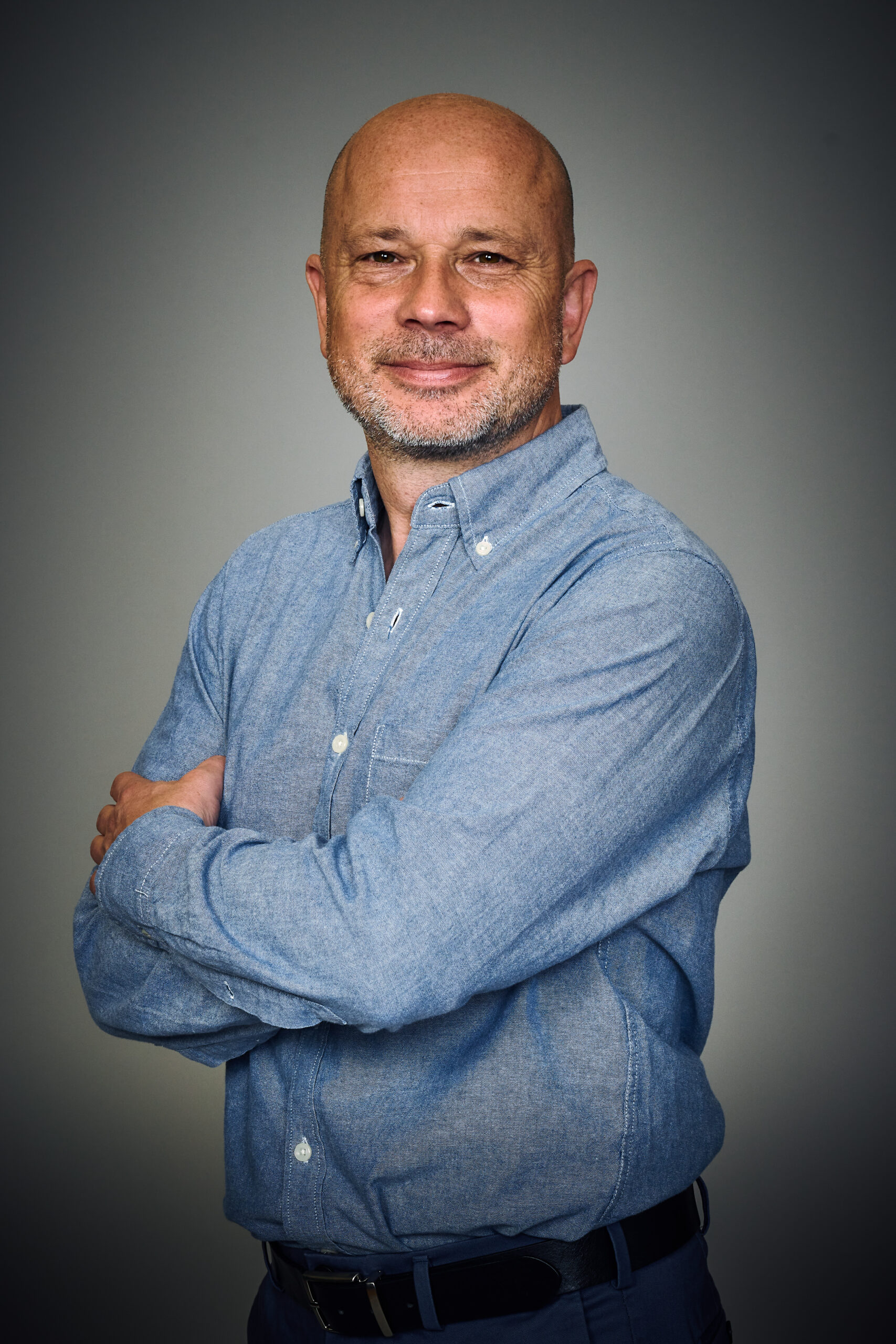F1 2024: Explaining the action with more kid-friendly broadcasts and a boost to team radio
Formula 1 director of broadcast and media Dean Locke sheds light on the latest developments aimed at enriching the coverage and understanding of the motorsport, from graphics enhancements to the use of picture-in-picture to new initiatives catering to younger audiences plus a boost to team radio.
“I’m very, very proud of our graphics team,” says Locke. “They are incredibly hard working, and it’s quite a challenge they face because we have a diverse group of viewers, with a new, younger fan base and expanding territories, like North America, which is really getting into Formula 1.

Formula 1 director of broadcast and media Dean Locke
“But we also have this hardcore knowledge base in Europe that we don’t want to alienate, but equally there shouldn’t be any graphics that viewers don’t understand or that doesn’t tell the story – and it can be a complicated story to tell.”
For the 2024 season, there is a new intro sequence and a new world map, otherwise most of the GFX design will be largely the same as last season with tweaks to do with race storytelling.
Kid-friendly broadcasts
“We did some F1 Kids broadcasts last year, with a dedicated international feed and we have taken some elements from that. Augmented reality, for example, which we did a lot more of in the F1 Kids broadcast, we’re looking to utilise some of that in the world feed to help viewers identify cars easily. It sounds simple [identifying cars], but it’s not always easy when we’re moving from one battle to another, so it helps to tell the story.
“We want viewers to understand why we’ve moved to another battle and to identify what that battle is, so we’ve got some really nice tagging graphics, which we’ve rolled out a bit more on to the helicopter and hopefully on track cameras as well.”
Locke estimates that there will be some six, maybe seven F1 Kids races this year, starting in Saudi Arabia at the weekend.
“It’s a space that we want to develop further because our fan base is getting younger all the time. One of the tricky things to plot is the ages we target, whether that’s under 10, or 10-13 and we’ve done quite a bit of research to tell us exactly where we should focus. There will be some new production elements to it such as graphics that we think will make it different, but exciting.”
Locke and his team are also keen to create a different look and feel to Sprint races, with their own branding.
“When we first started covering Sprint races, we covered them as a much shorter grand prix. And we quickly learned that that wasn’t necessarily the right way to do it, in terms of how we deliver replays or team radio.”
Team radio
And team radio is another area set for improvements with a new team radio system to potentially be rolled out this year, with the structure of team radio setup and how content is curated and shared being explored and a new system trialed alongside the current setup.
“Team radio is a really good storytelling asset, and we haven’t done much in that space for a little while,” says Locke. “While it works really well, we just want to make sure that we address the 5% of the time where we might miss something, or we’re unable to deliver it in a timely manner because it goes out of date so quickly. The question for us, is how can we get the broadcaster – and the fan – the really key pieces of team radio to get that real insight into the driver and what they’re doing.
Read more F1 2024: Capturing the action with drones, new camera angles and AI
“We have really talented operators in the team radio area, but it can get very frantic, because we can get all the radio at the same time, whether that’s a red flag or incident, or a safety car, a virtual safety car. And it can get incredibly busy.
“We’re looking at the system, and how we can make that system better to get things to air. Team radio is mostly delayed, but can we reduce that delay? If we have four drivers all talking at the same time, can we turn that around quicker? Or, occasionally, you’ll get a very long piece of team radio but in the middle of it, there might be a really interesting piece; can we make that edit process of being able to take a small chunk out of a large chunk of radio really quick and then publish that to the world feed?
Another area of success highlighted by Locke is the use of picture-in-picture, particularly in qualifying to tell stories of different battles.
“We will develop our picture in picture set up so that if we need to do a cutaway to something else, we don’t want the viewer or the broadcasters to be alarmed that we haven’t joined a battle early enough. So maybe we can put that in picture in picture setup to say, ‘look, there’s a story developing here and we’re going to be there shortly’.”
Read more F1 2024: IP upgrades and the “almighty challenge” of a record-breaking F1 calendar

